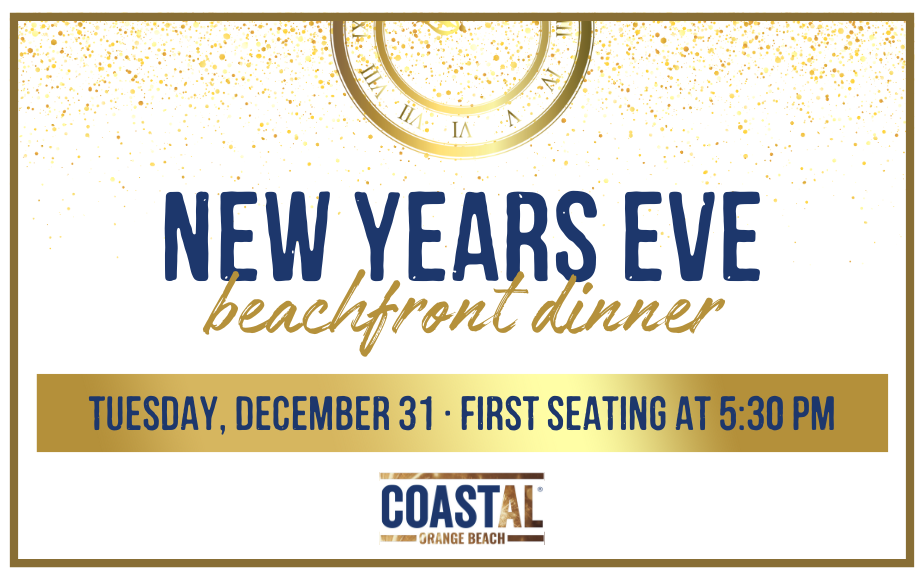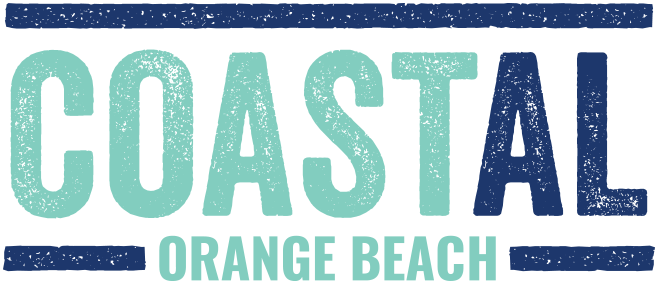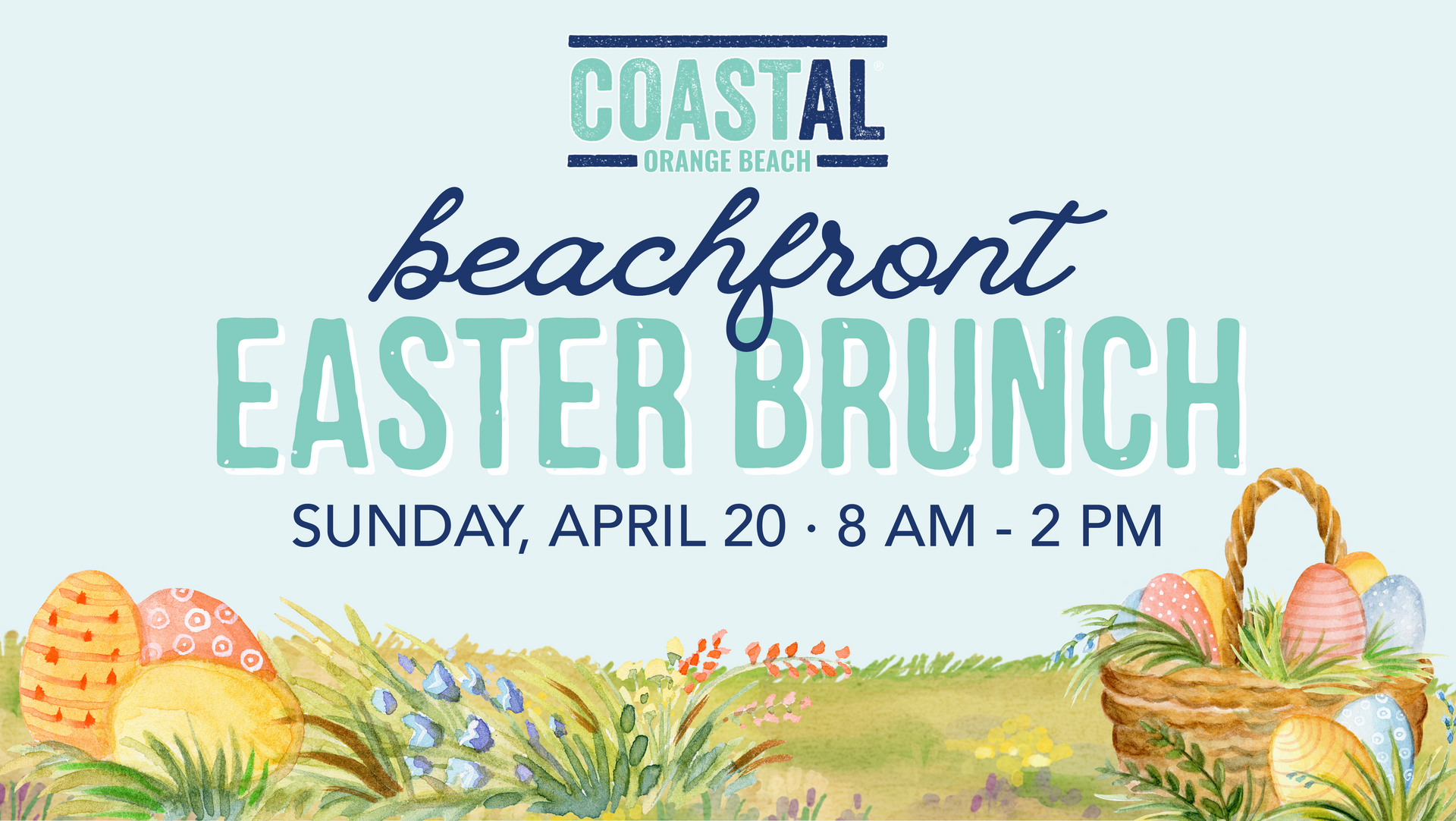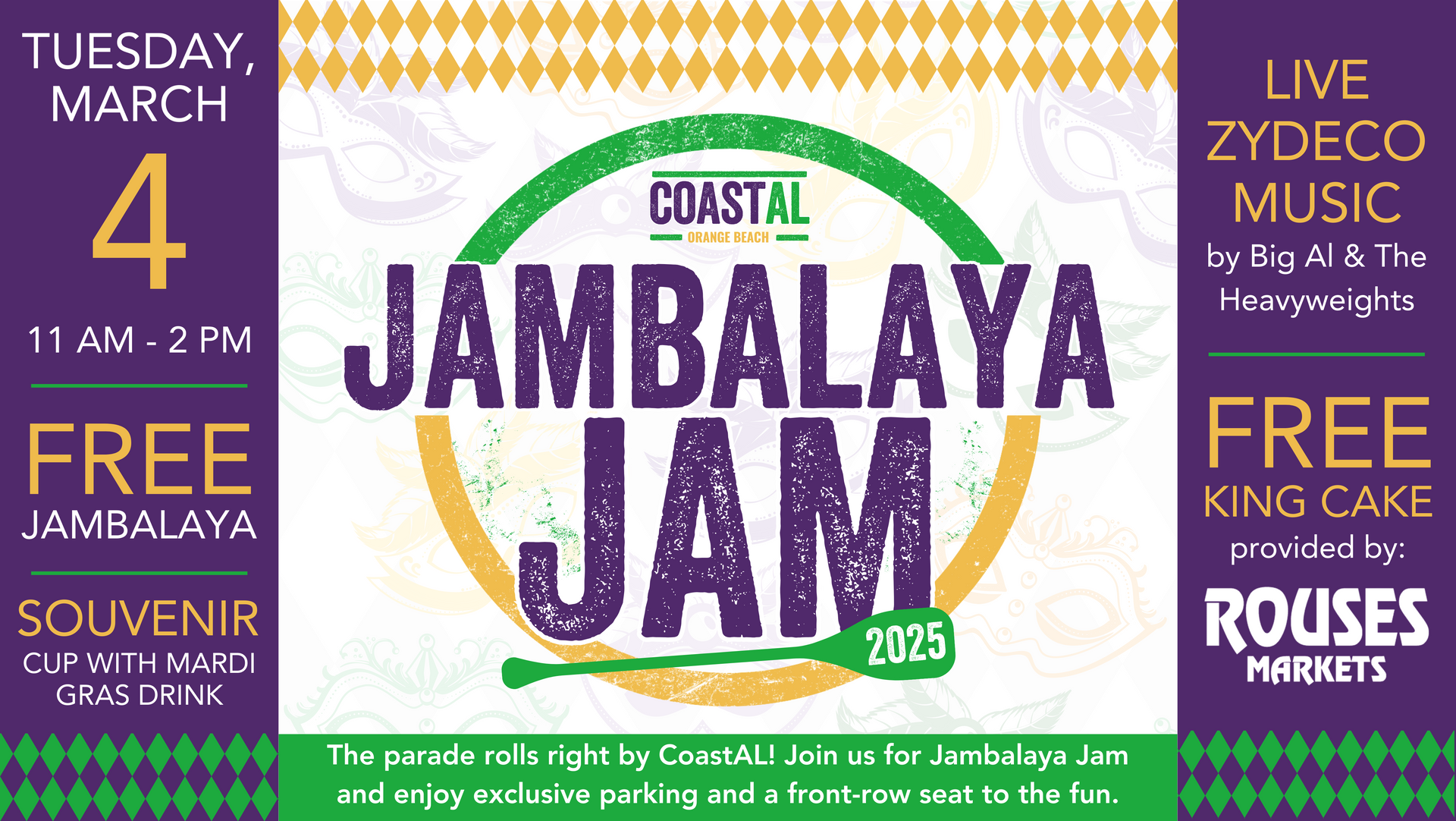French Toast Fabulousness
The French toast Americans are familiar with today includes egg and milk-soaked bread griddled and served with butter and syrup. It's a popular breakfast and brunch dish, as comforting as a stack of pancakes, and just as delicious. The dish comes together quickly enough to satisfy anyone's weekday morning craving.
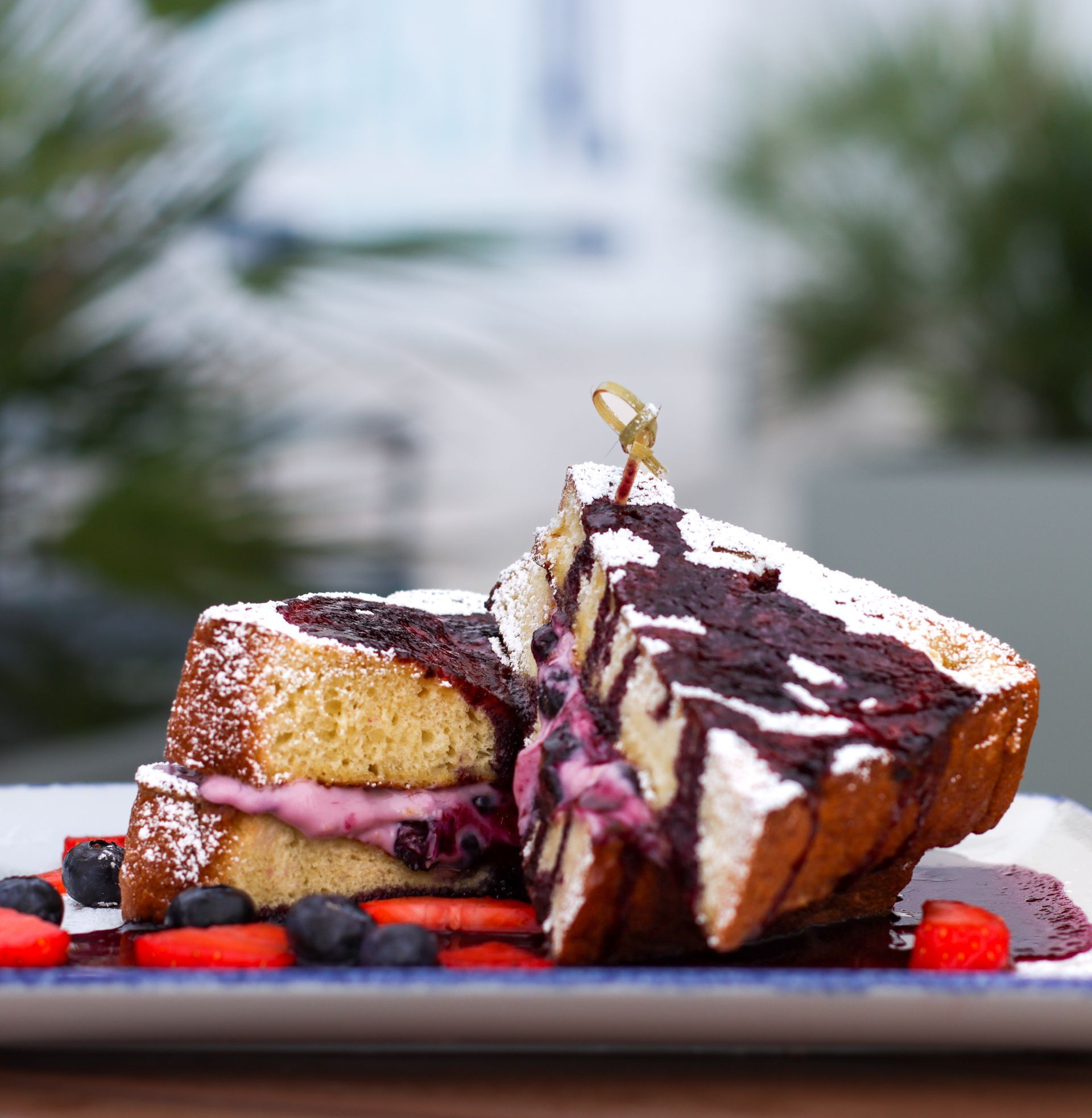
The French toast Americans are familiar with today includes egg and milk-soaked bread griddled and served with butter and syrup. It's a popular breakfast and brunch dish, as comforting as a stack of pancakes, and just as delicious. The dish comes together quickly enough to satisfy anyone's weekday morning craving.
It's widely believed that French toast was influenced by the French dish “Payn Perdu”. Each dish features roughly the same ingredients and the same method of preparation. But it wasn't the French who first created it. It turns out that the idea of French toast began as early as the days of ancient Rome.
The earliest recorded record of a dish resembling French toast was discovered in a 4th-century Roman cookbook by Marcus Gabius Apicius called
Cooking and Dining in Imperial Rome. The recipe is called “aliter dulcia” (translation: "another sweet dish") and describes pieces of crustless white bread that are soaked in milk and beaten egg, then fried in oil and doused with honey.
As far as the name "French toast" goes, it's believed that the name was an accident. Innkeeper and Albany, New York resident Joseph French introduced the dish in 1724, intending to call it "French's toast" but a grammatical error deleted the apostrophe and the "s" at the end. By 1871, the term "French toast" appeared in the
Encyclopedia of American Food and Drink in North America.
A lot of countries across the globe have versions of what America describes as French toast. The payn perdu (which means "lost bread" in French) is a custardy, rich version made with stale or day-old bread. This concept has many names according to country. Some of them include Spanish toast, German toast, eggy bread, and Gypsy toast.
In Spain during the period of Lent, “torrijas” are popular, which are a spin on French toast as well. Here, stale bread is soaked in milk or wine plus honey and spices. These are dipped in egg and then fried in olive oil. Hong Kong serves their French toast with peanut butter and in New Zealand, it will come topped with bacon, bananas, maple syrup, and cinnamon.
And in the United States, the sky's the limit on what you can flavor French toast with. In Creole cuisine, the egg and milk mixture is often spiked with booze; during the winter, milk is often replaced with eggnog. French toast can be served with all sorts of fruits, jams, nut butter, and unexpected spices. And it's all thanks to ancient Rome.
Locally, we go to CoastAL Orange Beach for our daily fix of French Toast. You will find it on the breakfast menu as thick cuts of challah bread, cream cheese, and fresh blueberries with a fresh berry compote to top it off. Delicious doesn’t begin to describe it.
CoastAL opens for breakfast every morning at 8 AM. For more information about our hours go to
www.coastalorangebeach.com. So, whether you're savoring it with a sprinkle of powdered sugar and a dollop of whipped cream or sharing it with loved ones over a cozy brunch, French toast is sure to warm both hearts and bellies with its comforting charm. So go ahead, enjoy a batch of this delightful treat, and let its sweet simplicity bring a smile to your face. Bon appétit!


